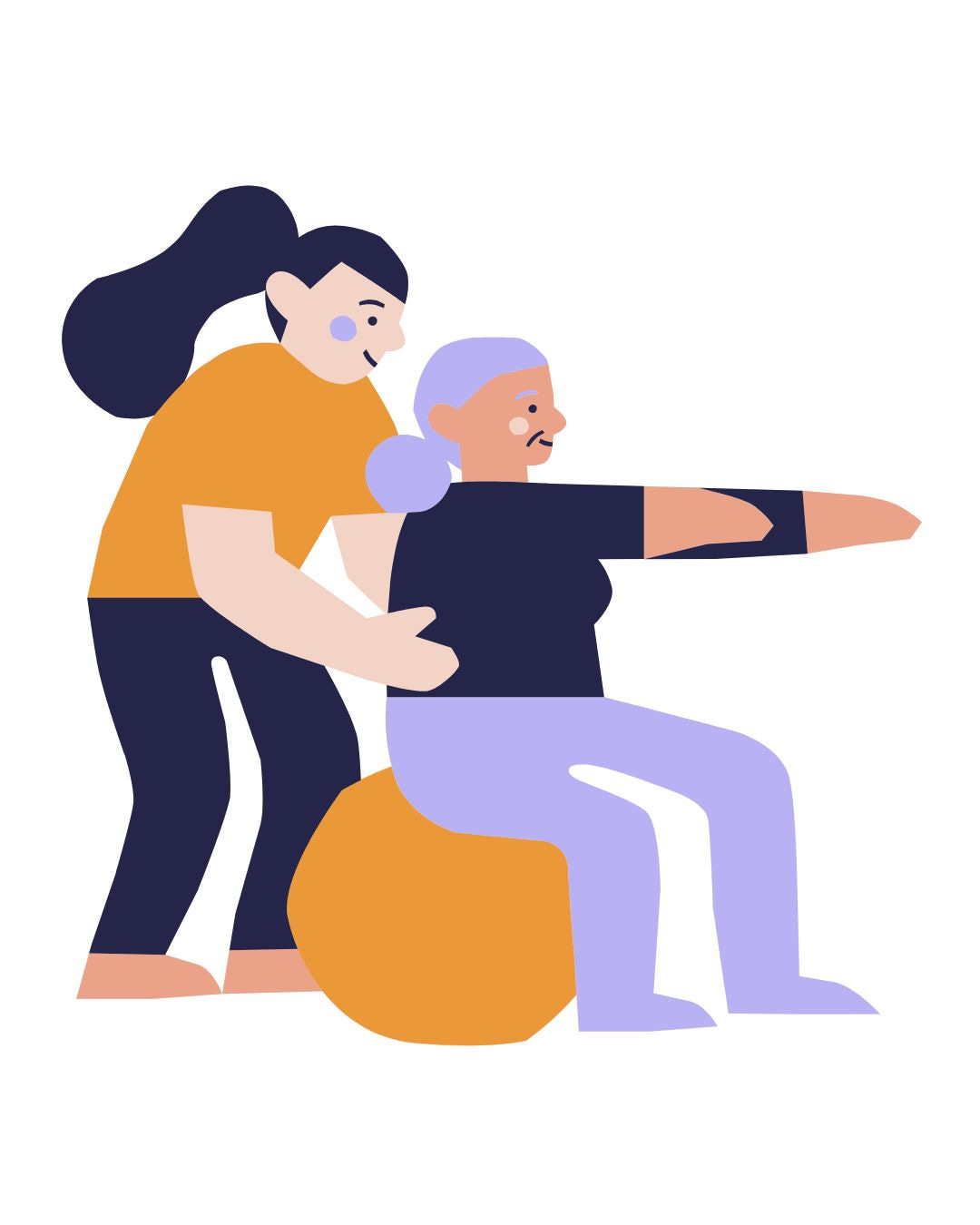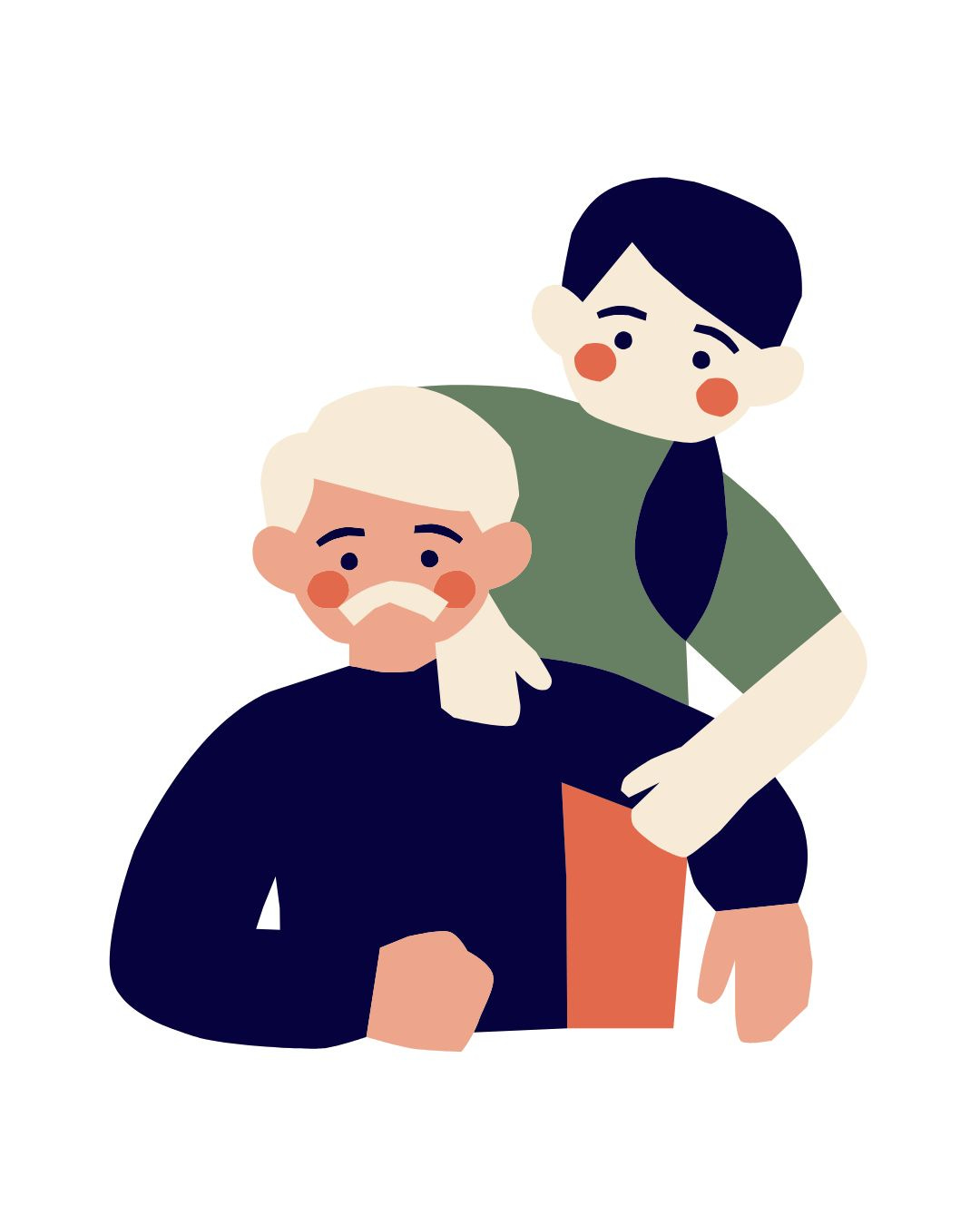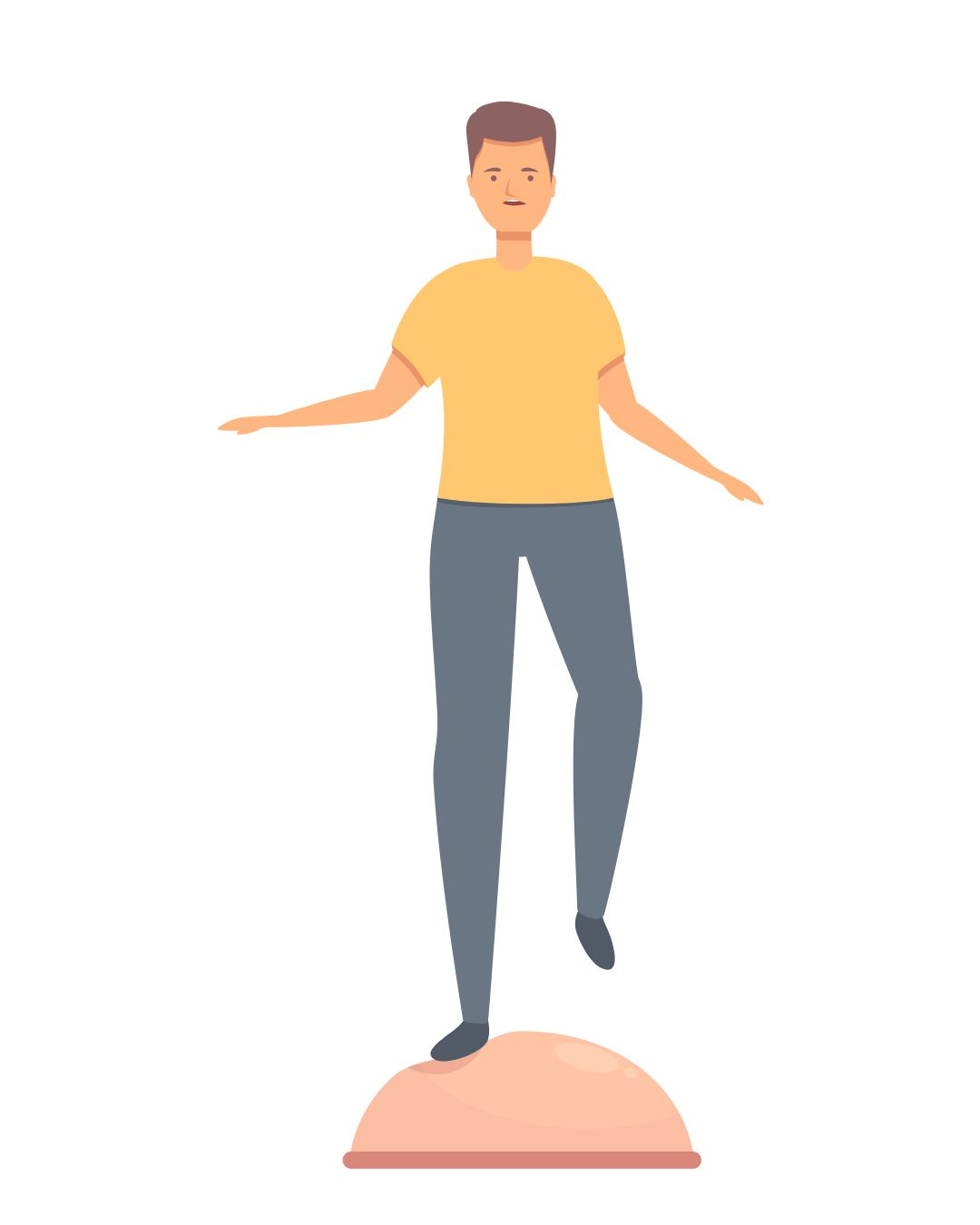9 Things You Need To Know About Starting Movement Rehab!
Read this before heading to your next rehab appointment.
If you’ve found your way to Critical Movement YYC—whether through a nagging injury, chronic pain, or a sense that something in your body just isn’t working right—I want to share something with you that could make all the difference in your recovery.
After years of helping people navigate persistent pain and reclaim a sense of agency in their bodies, there are a few truths I wish every single client knew from day one. These insights could save you frustration, keep you motivated through the ups and downs, and ultimately guide you toward sustainable results. So, let’s get honest about what movement rehab really is—and what it isn’t.
There Are No Magic Exercises
Let’s get this one out of the way early: there’s no one exercise that will fix you.
Yes, there are movements that help. There are techniques that reduce pain, and strategies that improve strength, balance, mobility, and body awareness. But the idea that there’s a single stretch, a miracle mobility drill, or a perfect core exercise that will “cure” your pain or dysfunction? That’s a myth. Watch for more in another article or AMA!
Movement rehab is not about discovering the one thing. It’s about gradually building resilience, trust in your body, and a new relationship with movement itself. It’s about consistency, personalization, and the willingness to be curious—not search for shortcuts (though movement snacks are an amazing way to get started and keep going when time & energy are short).
The Work You Do Outside Our Sessions Matters More Than What We Do Together
If you show up for our sessions but do nothing between them, progress will be slow or fleeting.
That might sound harsh, but it's the truth.
Movement rehab is not like getting your hair done or visiting the dentist. It’s not a service you passively receive—it’s a process you participate in. What you practice in your everyday life, how you move, how you think about your pain, and how you approach discomfort… that’s what really counts.
I’m your coach, not your fixer. My job is to guide, support, and equip you—but your job is to build the habits that actually create change.
Pain Is Not a Reliable Indicator of Damage
One of the most powerful things I can teach someone early in their journey is this: the amount of pain you feel does not equal the amount of damage in your body.
Pain is a protective mechanism. It’s shaped by your experiences, your beliefs, your stress levels, your environment, and the sensitivity of your nervous system. That means you can have pain without injury—and injury without pain.
This doesn’t make your pain any less real, but it does mean that we have more tools to work with than just the body part that hurts. It’s why we explore you as a whole person, not just a sore knee or a stiff back.
Zero Pain Is Not Always the Goal
This might be one of the most surprising things I tell my clients: our end goal isn’t always “no pain ever again.”
For people living with chronic or persistent pain, chasing 100% relief can sometimes become more stressful and disheartening than helpful. In some cases, pain may be something we learn to live with differently—less re-activity, with more control, less fear, and greater confidence.
You can have some pain and still have a great life. You can hike, bike, garden, dance, and pick up your grand-kids. You can experience pain without suffering. That’s a huge shift—and often, a much more liberating one than the constant chase of erasing pain entirely.
If You Move, You’ll Probably Get Injured—And That’s Okay
Here’s a truth that more people need to hear: if you live an active life, you are more likely to deal with acute injuries. Tweaks, sprains, strains, falls, flares… they’re part of being human in motion.
But what’s the alternative?
I’ll always remember one of the guys I used to work with at the airport… he would always talk about how he prefers to do nothing outside of work (and to be honest, he didn’t really do much at work either!). He believed that his body would last longer than the rest of us who would not only throw over 11,000lbs of cargo each night, but also hit up the gym, play sports, and stay active outside of work.
A sedentary lifestyle may keep you away from acute injury, but it dramatically increases your risk of chronic pain, illness, and disease. Over time, disuse becomes its own form of injury. So yes, you essentially choose your injuries—would you rather face the occasional acute injury from a full life of movement, or the long-term, accumulating pain and dysfunction of inactivity? I wonder how he is doing 30 years later…
We were built to move. Your body craves it. And when you learn how to move well and with awareness, you’re more resilient to those inevitable bumps along the way.
There Is No Immediate Fix—And That’s a Good Thing
I understand how frustrating it is to feel like your body isn’t cooperating. You just want to get back to how things were, and fast. But the truth is: quick fixes rarely stick.
What we’re doing in movement rehab isn’t about patching a problem—it’s about rebuilding a foundation. That takes time, attention, and trial and error. And yes, it means we’ll move slowly at first. We’ll zoom out to look at the big picture, not just the area of pain. We’ll rebuild habits, beliefs, and systems—not just muscles and joints.
Because the goal isn’t just to “feel better.” It’s to live better. And that takes time.
You Are Not Broken
One of the most heartbreaking things I hear from clients is, “I feel broken.” Years of pain, failed treatments, and medical jargon have convinced them that their body can’t be trusted
.Let me say this clearly: you are not broken, there is a starting point.
Your body is adaptable, your nervous system is changeable, and healing is possible. No matter how long you’ve been in pain or how many times you’ve been dismissed or misunderstood, you are capable of change. We just need to find the right approach—and the right support—to help you build that path.
The Real Magic Is in the Learning
At Critical Movement YYC, I teach people how to understand their own pain. Why? Because education is medicine. When you know why your body is behaving the way it is, everything changes.
You stop fearing movement. You stop catastrophizing discomfort. You stop chasing fixes and start building foundations.
You learn to move with awareness and curiosity, not anxiety. And that changes everything—not just your pain levels, but your sense of control, your confidence, and your relationship with your body.
We Look at the Whole Person
At the heart of my approach is a simple but powerful belief: you are not just a body part.
Your pain is not separate from your stress levels, your sleep, your thoughts, your habits, or your past experiences. That’s why we take a person-centred approach to movement rehab. We draw from pain neuroscience, behaviour change psychology, yoga therapy, functional movement, and more
.We zoom out so we can zoom in, with clarity.
And when we do, we uncover the why behind your pain—and the how of your healing.
Final Thoughts: You Are the Hero of This Story
Here’s the truth I want you to carry forward: your rehab journey is not about fixing you. It’s about empowering you.
You are the hero of this story—not me. I’m just here to guide you through the maze of misinformation, fear, and frustration that surrounds pain and injury. I’ll offer tools, knowledge, strategies, and support. But you’ll do the work. You’ll build the habits. You’ll climb the staircase.
And when you look back—whether in three months, six months, or a year—you’ll realize that you didn’t just get better… you changed your life.
Let’s get started.







